Luis Carlos Rubino de Oliveira
-
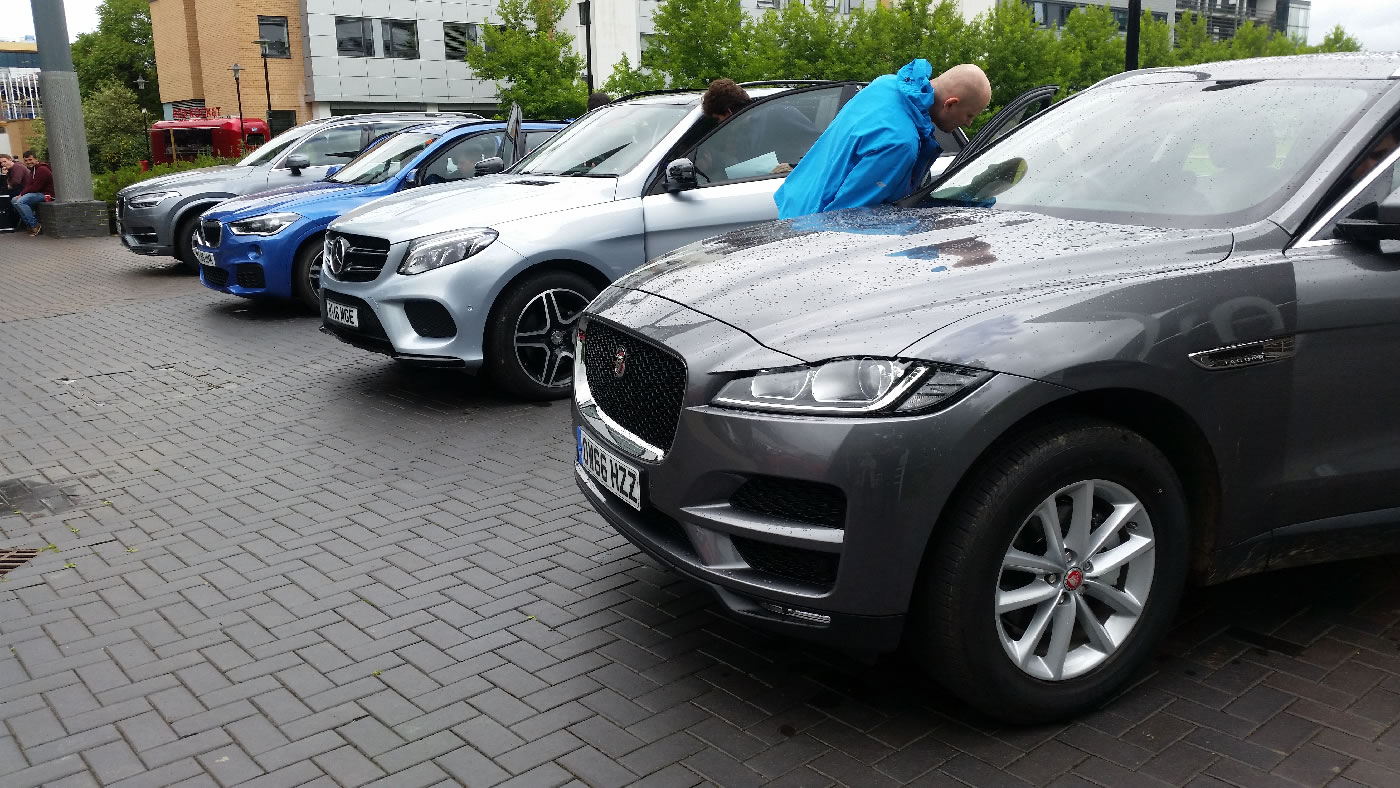
Perceived quality in luxury cars – Master’s module
Recently, I collaborated as a guest lecturer for a module for Master’s students at the University of Warwick, as part of a week-long course titled ‘Perceived Quality’. Throughout this module, students learned the criteria for evaluating quality in premium vehicles and explored how to understand these evaluations — which are often quite subjective — from…
-

Just Enough Research
When I bought Think Like a UX Researcher, the related book suggestions at the bottom of the page included Just Enough Research, by Erika Hall. So I bought it and read it from time to time. As the title suggests, it starts from the question we sometimes ask ourselves, “how much research is enough“? There’s…
-
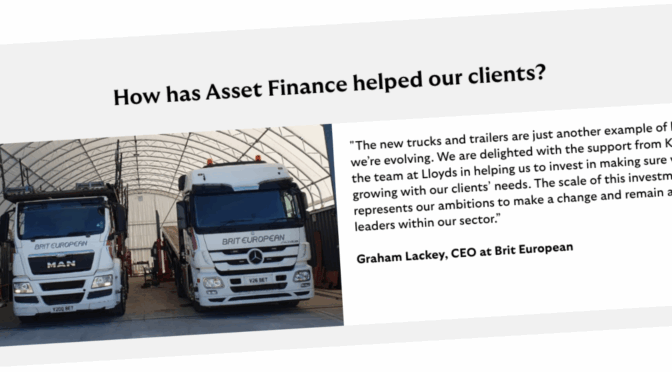
Understanding why only a fraction of Asset Finance sales were digital — and implementing solutions
in Case studiesDue to confidentiality, images and data are limited to what could be made available publicly Introduction As part of Lloyds Banking Group’s digital transformation initiative, the Commercial Lending division sought to increase adoption of its online Asset Finance journey. Despite substantial investment in digital infrastructure, only a small percentage (in the single digits) came through…
-
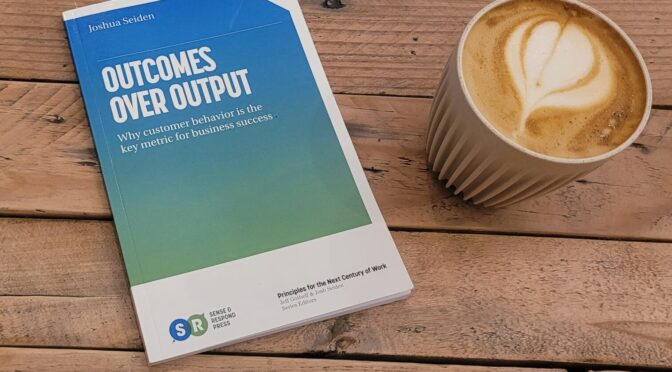
Outcomes over output
I was given a copy of Outcomes Over Outputs by Joshua Seiden. It’s a very short book with a super clear message: we need to focus on outcomes rather than just designing and delivering outputs like features, code, or other deliverables. Seiden defines an outcome as “a change in human behaviour that drives business results.”…
-
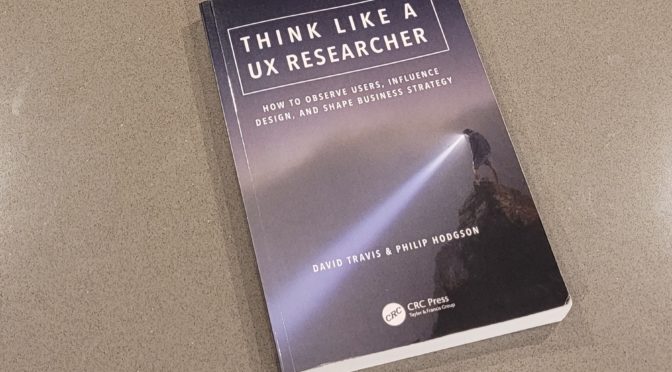
Think like a UX researcher
A few months ago I got my hands on a copy of the book Think like a UX Researcher, written by David Travis and Philip Hodgson. The title may suggest that the book is for someone outside the user experience (UX) field who wants to start to think like a UX researcher. It indeed gives…
-
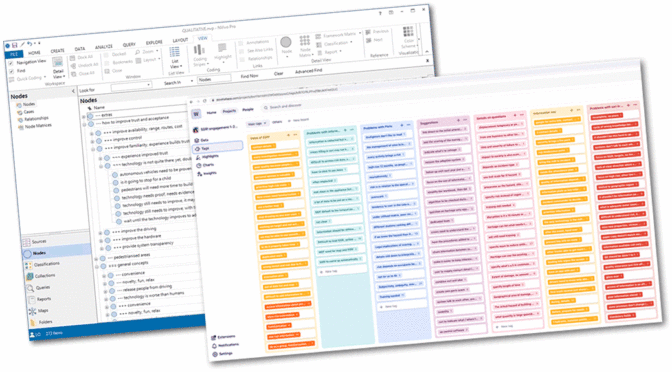
Qualitative data analysis: NVivo vs Dovetail
It was the summer of 2010, during the first year of my PhD, when I was being examined by the dean of the Design School in her office, in order to progress to the second year. I was one of the newest students, trying to explain my research to the most senior academic in the…
-

User observation
This piece was originally produced as part of my contribution to the Contemporary Issues in Ergonomics and Human Factors, a teaching module for the master’s program at the School of Psychology, University of Derby. It was produced alongside a podcast to foster discussions with students during workshops and lectures A few years ago I was…
-
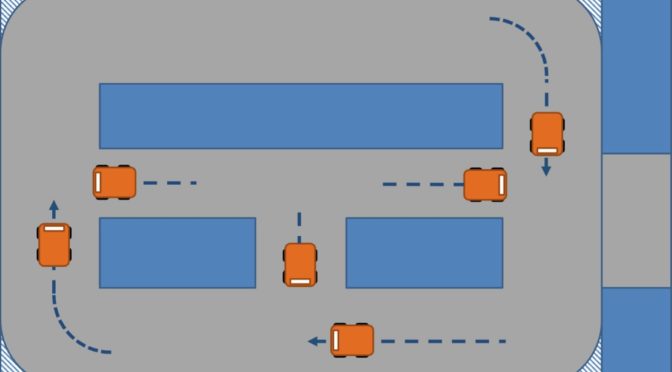
Driving style – How should an automated vehicle behave?
in Case studiesThis piece was originally produced as part of my contribution to the Contemporary Issues in Ergonomics and Human Factors, a teaching module for the master’s program at the School of Psychology, University of Derby. It was produced alongside a podcast to foster discussions with students during workshops and lectures The driving style of automated vehicles…
-
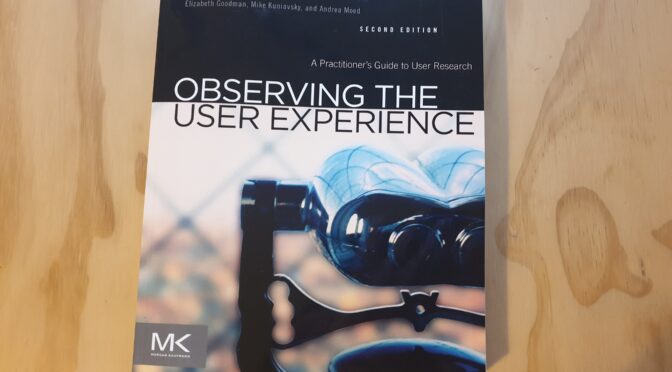
Observing the User Experience: A Practitioner’s Guide to User Research
It was 2010, and I was just starting my PhD at Loughborough University in the UK. In the Design School, there was a small library – just two or three bookshelves – that held the titles relevant to the research groups sharing that area. We could always find something there to serve as a practical…
-

Advanced UX interview techniques
One of the oldest and most frequently used methods to understand users, their needs, attitudes and behaviours is the interview. After you developed a questionnaire, you can use it verbatim and you will get consistent and structured answers. You can also use a semi-structured questionnaire, where you have the basic questions, but have the freedom…
-

Employee Experience (EX)
Recently, companies are paying more attention to the experience of their workforce. As the name suggests, employee experience (EX) concerns the study of the quality of experiences during work, as perceived by employees. EX is sometimes referred as enterprise UX, which is the design of products for people at work. It includes any software, device…
-
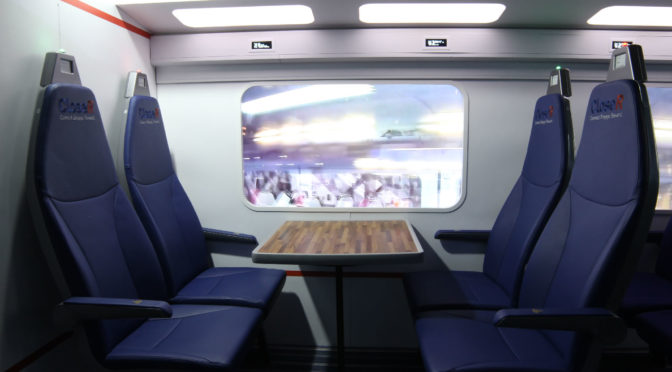
A new system for the rail industry
in Case studiesThe CloseR system was designed to improve train journeys and user experience, but not all features were wanted by passengers I present here a case study of the CloseR Project, with which I was involved for over two years. It received 1.2m funding from Innovate UK and the Rail Safety and Standards Board.… Read more →
-
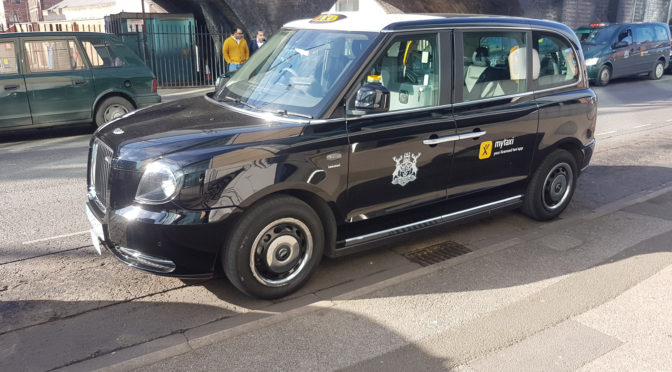
Wireless charging of electric taxis
in Case studiesMiniature of electric taxis (black) and regular diesel taxis (silver), used during interviews and focus groups, representing the negotiations between drivers I was working for a project developing innovative charging facilities to solve the shortage of charging stations for electric taxis. Partners included Transport for London (TfL), Nottingham City Council (NCC) and Shell.… Read more →
-
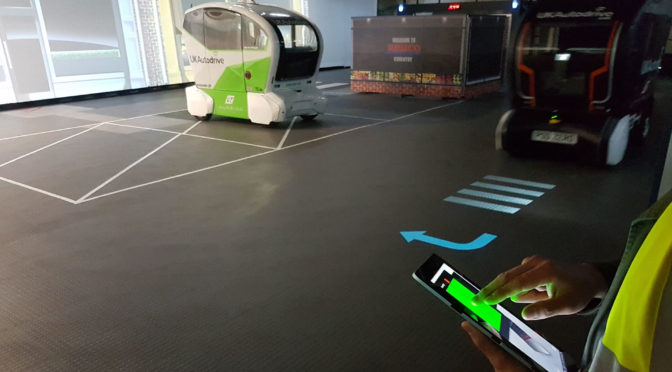
Usability studies
I’ve been performing usability studies for different projects to evaluate products and services in diverse technology readiness levels. Below I give some examples of recent work performed where I applied UX, user-centred design and ergonomics research to understand how people interact with the systems in question. Internal vehicle HMI As part of the UK Autodrive…
-

Customer Journey Maps
I’ve designed a few customer journey maps as part of the deliverables to a large innovation project. This work is part of a consortium formed by two academic institutions and four industry partners named CLoSeR. The collaborative nature of this research requires synergy between academia and external organisations, combining research methods to better inform the…
-
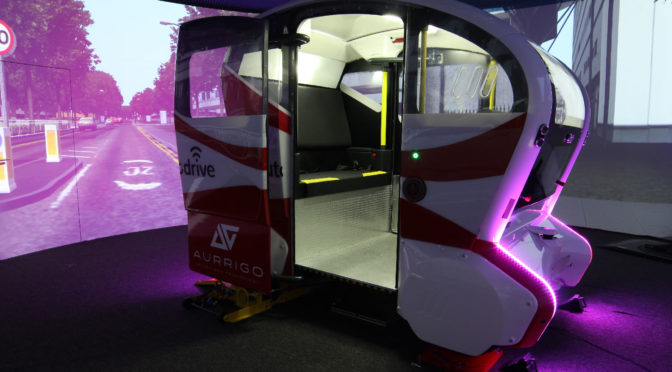
UX and automated vehicles
in Case studiesOne of the autonomous pods used during our experiments I was one of the UX researchers working for the UK Autodrive, a flagship, multi-partner project studying automated vehicles.… Read more →
-
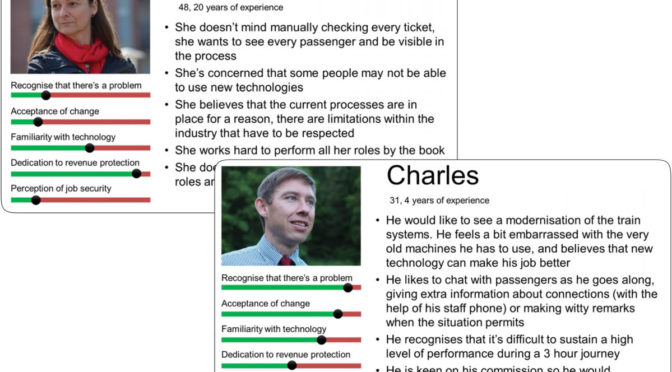
Personas
One of the design tools used to provide a clearer picture of users beyond market segmentations and demographics is personas. They can give a precise description of users and define what they wish to accomplish, representing archetypical users to facilitate the understanding of their behaviours, needs, motivations, characteristics and limitations. Having a small set of personas…
-
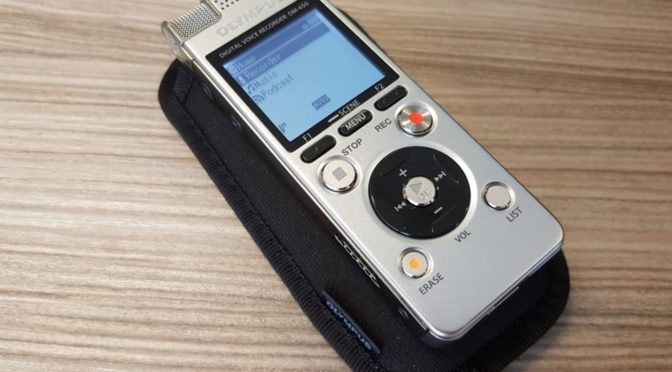
Interviews and qualitative data analysis
One of the most used methodologies applied to understand users and their experiences are interviews. Online, phone-based or face-to-face semi-structured interviews are performed to understand user expressions of attitudes, feelings, preferences, needs and behaviours. Using a semi-structured method it’s possible to explore in more depth specific aspects raised by participants, and allow for richer data…
-

Shadowing
One data collection methodology that I sometimes use is the observational method called ‘shadowing’, when a trained researcher investigates, unobtrusively, the activities that individuals perform as they go about their business. Shadowing involves a field visit, which gives the opportunity to observe and meet people where they are comfortable, at their habitual places of work.…
-
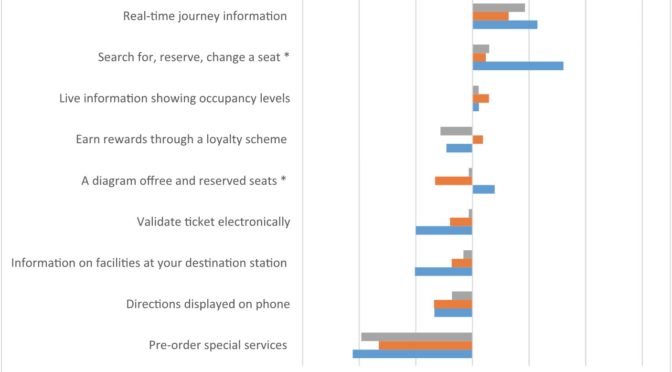
Large-scale surveys and statistical analysis
We are seeing the use of alternative approaches to measure user attitudes, specifically, those that offer more robust, useful and actionable attitudinal data. One of these methods is the Best-Worst Scaling (BWS), which has risen in popularity as a choice-based measurement approach. BWS experiments collect both “best” and “worst” information from a set of statements…
-
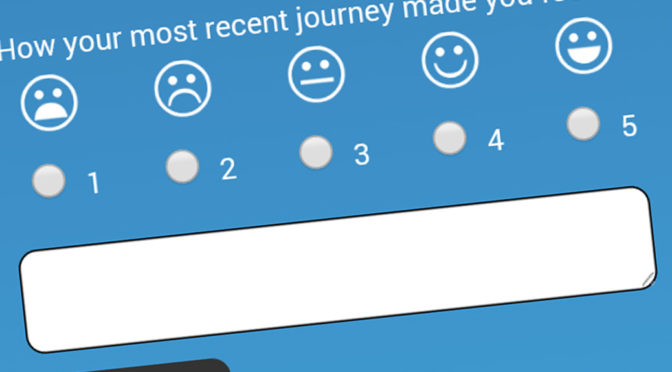
Motivating car drivers to cycle and walk more
in Case studiesHome screen of the Reflect app, used to capture subjective wellbeing The Reflect Project was looking into ways to promote sustainable modes of transport such as walking and cycling instead of driving. … Read more →
-
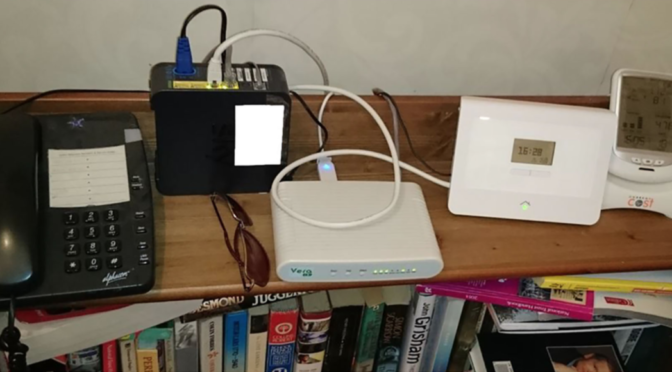
Refit Smart Homes
in Case studiesRWE smart home technology devices A few years ago I was working for a project evaluating smart home technology, comparing user expectations at the point of installation with experiences 1 year later. … Read more →
-

How to make excel display sharp time on graph axis
I was trying to make Microsoft Excel display sharp times on graphs, but took me a while to figure out how to. I had this graph of time to complete the task, per group of participants. The X axis displayed the participant group, and the Y axis corresponded to time. But as you can see…